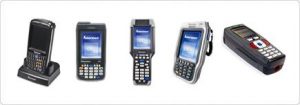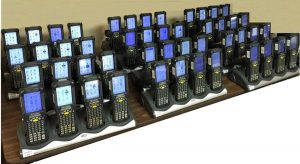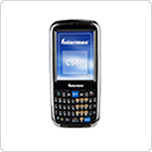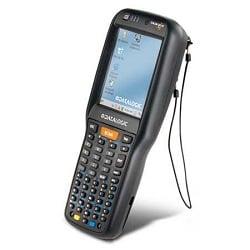Barcodes have been a part of modern life for several decades. Whereas other emergent technologies have come and gone amidst the rapid technological changes in recent years, barcodes have found a way to stand the test of time, at least for the moment. In fact, barcodes have been able to actually increase their usefulness and effectiveness; rather than be replaced; barcodes have adapted right along with technology and proven themselves to be a tool of innovation and creativity. The increasing usefulness and flexibility of barcode technology is proven by the increasing number of industries and contexts that the seemingly simple white and black lines find themselves in. Many companies provide barcode hardware and barcode software rentals to a diverse set of industries.
One of these industries that have found a new use for barcodes is the construction industry. At first glance, the construction work is far removed from the pervasive technology of modern life. While actual construction work remains very physical, construction companies are beginning see the financial and organizational benefits of implementing barcodes into their work. The way in which the construction industry is beginning to adopt the use of barcodes is perhaps the most interesting part of the story; rather than barcoding construction equipment (although that has already taken place, to a large degree) the construction industry is beta testing the use of barcodes to represent actual construction workers. Here is a brief look at this very recent development.
Washington D.C. Test Run
The most recent example of barcoding construction workers occurred in the Washington D.C. area. In the nation’s capital, a third-party company is providing construction workers with individual barcodes and tracking the data associated with the barcodes. While many construction workers and independent observers have been and remain skeptical of the idea of tracking employee performance through barcodes, the company in charge of the process insists that the barcodes simply make it easier for contractors to communicate with subcontractors and ensure that the right number of people are working on specific jobs. In the construction industry, the number of people working on a specific task at a specific job site varies considerably from day to day, and thus having a centralized hub of information about who is where is a potentially valuable tool for project managers.
Valuable Data
Data about how many different specialists like plumbers and electricians are working at a particular job is valuable beyond a specific job site. Once the most cost-effective way of hiring and deploying workers is determined by the barcodes, an entirely new system of best practices may be developed by the construction industry. While construction workers may be legitimately wary of having their every move tracked by a barcode, the reality is that the barcode technology does not exactly do that and may in fact prove to be beneficial over time for the industry as a whole.
Where To Put The Barcodes?
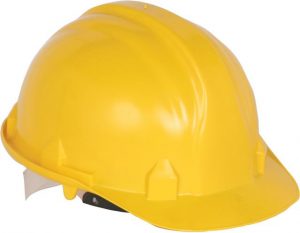
At this point, readers may be wondering exactly where the barcodes are placed in order to track the presence of an individual construction worker at a given job site. The answer may be obvious; the barcode is placed on the hard hats of construction workers. So far, the results of the experiment have been positive. The number of companies using barcode technology has expanded in the past few years, and the efficiency of projects that use the technology has been impressive.


